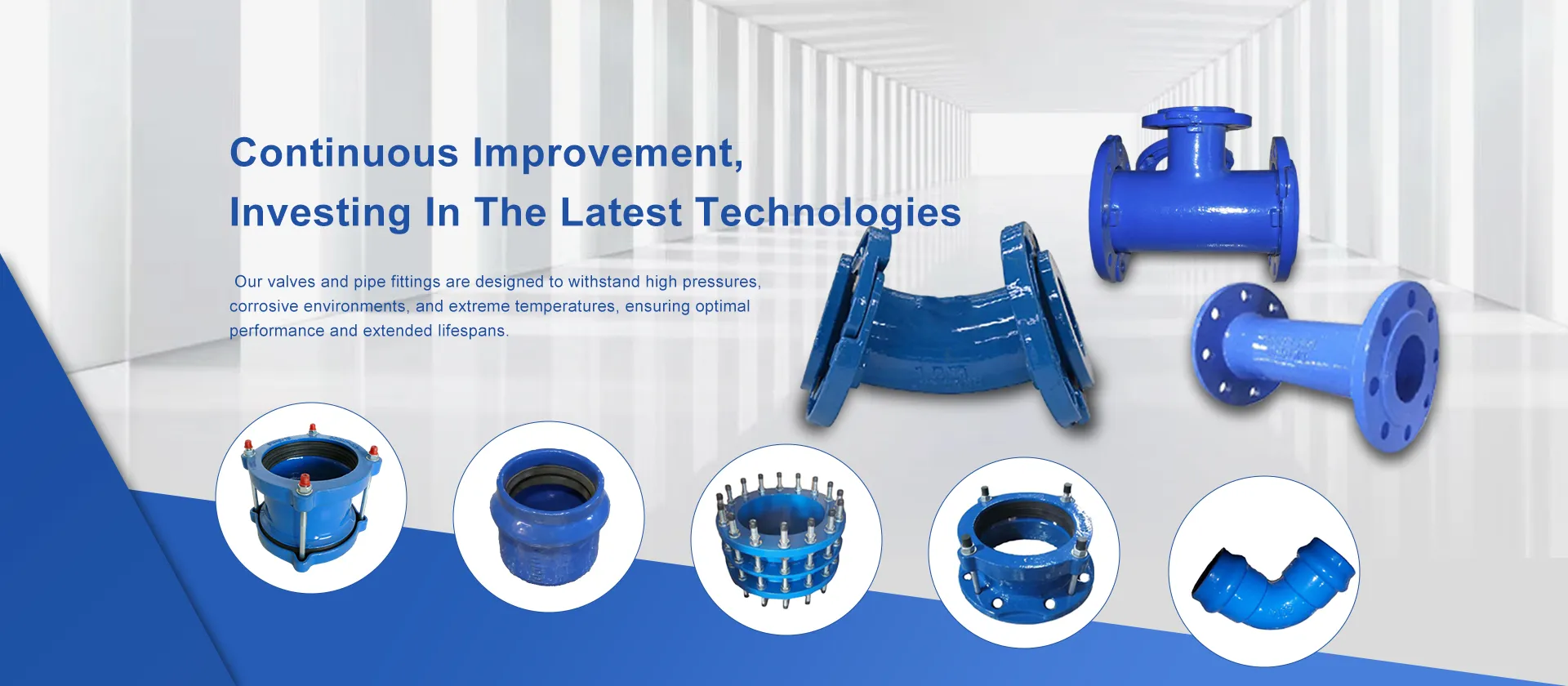Affordable Tree Grate Cost Solutions for Urban Landscaping
Understanding the Cost of Tree Grates An Essential Consideration for Urban Landscapes
Urban landscapes are increasingly focusing on integrating green spaces within concrete environments, and tree grates play a significant role in achieving this balance. Tree grates not only protect tree roots but also enhance the aesthetic appeal of streetscapes. However, understanding the costs associated with tree grates is essential for effective urban planning and budgeting.
Understanding the Cost of Tree Grates An Essential Consideration for Urban Landscapes
Another factor influencing the cost is the design intricacy of the grate. Custom-designed grates that feature unique patterns or branding can significantly increase the manufacturing price. Urban planners often choose designs that harmonize with the surrounding architecture and landscape; however, these aesthetic choices come with additional costs—sometimes 50% to 75% more than standard options.
tree grate cost

Installation is another critical component of the total expenditure. While some municipalities may have the resources to manage installation in-house, others rely on contractors whose fees can vary substantially based on location, labor costs, and the scope of the project. Installation costs can add an additional 20% to 50% to the total expense of tree grates. Moreover, considering the additional groundwork required to prepare the site, this can further inflate overall costs.
Maintenance is another aspect that must be factored into the cost equation. Regular maintenance is crucial for ensuring safety and aesthetic appeal. Cast iron grates require periodic repainting and rust treatment, which can be expensive. Conversely, plastic or aluminum grates may necessitate less upkeep, potentially saving costs over time. However, municipalities should prepare for the eventual replacement of degraded materials, which should also be budgeted accordingly.
Lastly, one must consider the long-term ecological benefits of investing in high-quality, durable tree grates. Well-maintained grates contribute to healthier urban trees by allowing air and water to reach the roots while preventing soil compaction. Investing in robust tree grates can result in healthier trees that contribute to better air quality, reduced urban heat, and improved aesthetic value, ultimately benefiting the community.
In conclusion, while the initial costs of tree grates can vary widely based on material, design, and installation, the long-term benefits they offer to urban environments make them a worthwhile investment. City planners and property developers must carefully assess their choices and consider not only the upfront expense but also the ongoing maintenance and ecological advantages that quality tree grates provide. Through meticulous planning and budgeting, municipalities can transform urban spaces into greener, more vibrant places that foster community and wellbeing.
-
The Smarter Choice for Pedestrian AreasNewsJun.30,2025
-
The Gold Standard in Round Drain CoversNewsJun.30,2025
-
The Gold Standard in Manhole Cover SystemsNewsJun.30,2025
-
Superior Drainage Solutions with Premium Gully GratesNewsJun.30,2025
-
Superior Drainage Solutions for Global InfrastructureNewsJun.30,2025
-
Square Manhole Solutions for Modern InfrastructureNewsJun.30,2025
-
Premium Manhole Covers for Modern InfrastructureNewsJun.30,2025
